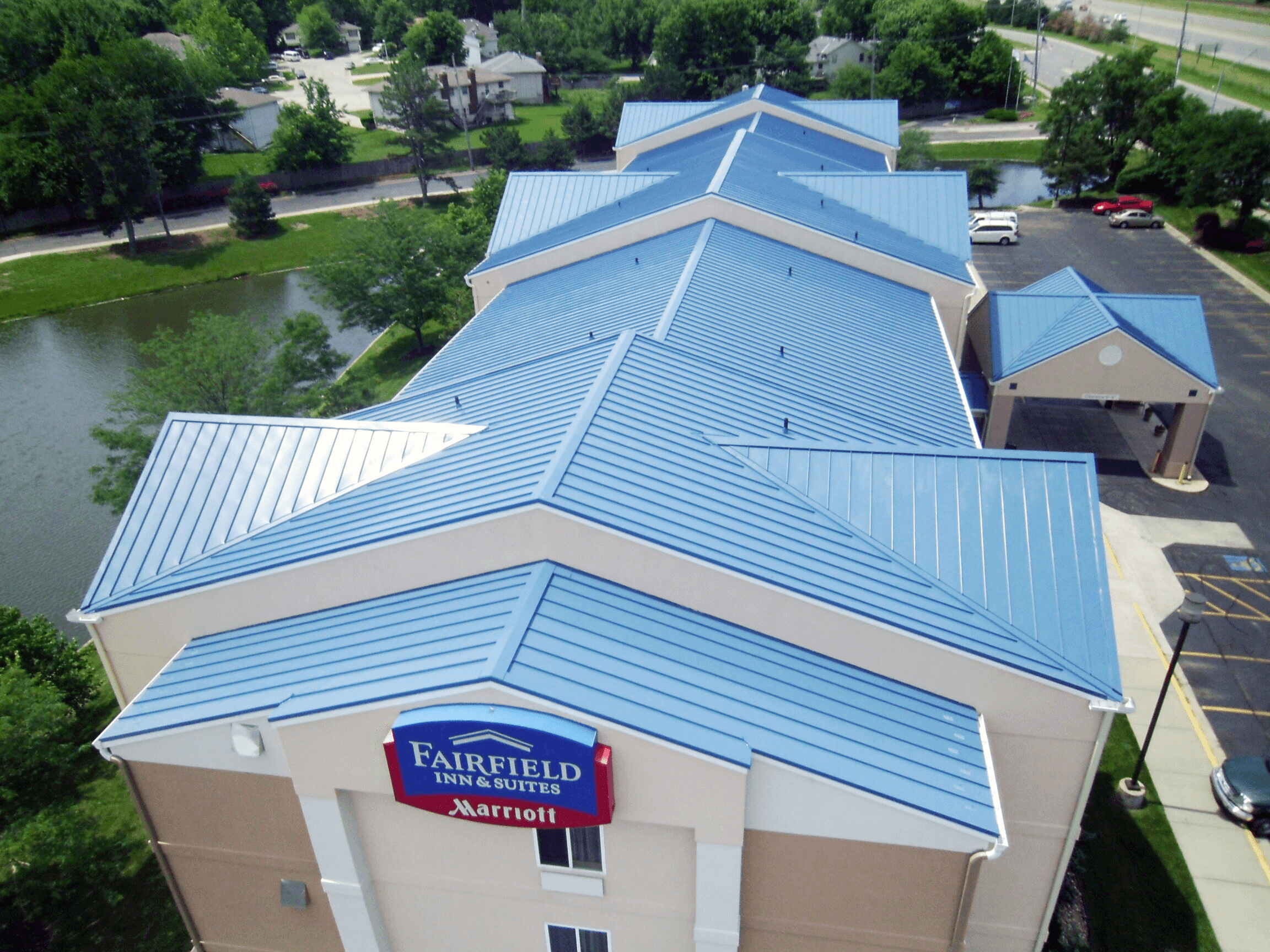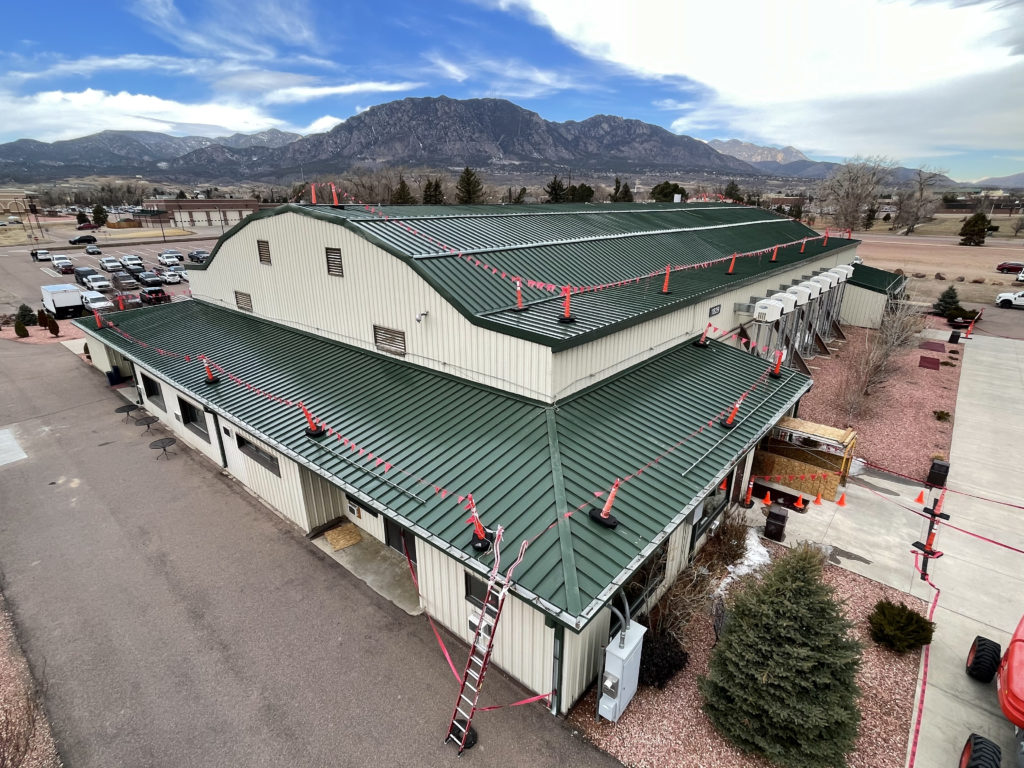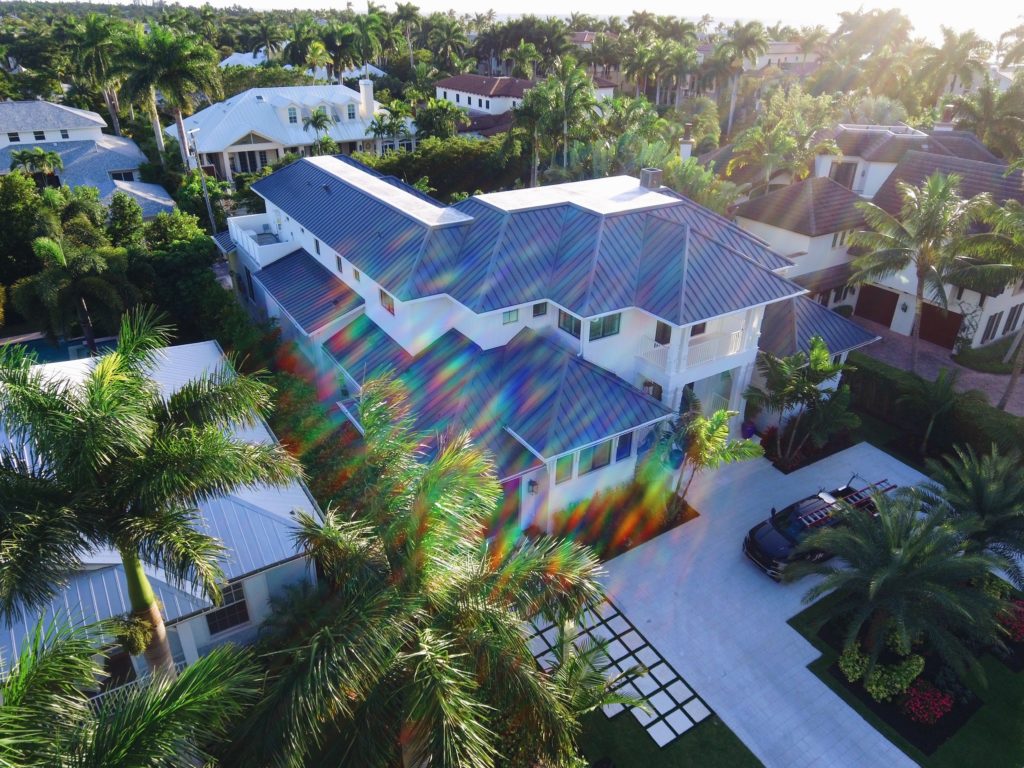Exploring the Different Types of Metal Roofs
With its variety of benefits, Sheet Metal has become an increasingly popular type of roof in the United States. Metal, even when unfinished, will reflect more solar radiation than an asphalt shingle roof, which tends to absorb heat. Metal can be a sustainable and cost effective way to help the environment and your wallet with tax incentives occasionally being offered to those who switch.
When thinking about getting a metal roof for your home or your project, though, it can be overwhelming. There are many metal roofing options to choose from and it is hard to know what will meet your specific needs. This style of roofing has come a long way since it’s popularization in the 19th century. With its growing popularity it has become a competitive and innovative style. Today, we are going to discuss the 5 primary types of metal roofs and their unique strengths and weaknesses as well as the styles of these metal panels.
5 Primary Metal Roof Materials
Because it is strong and lightweight, steel is the most common type of metal used in roofing. With its many variations that include galvanized, galvalume and weathering steel, it can be tailored to your climate and needs. Steel is typically coated or finished which gives it an array of different appearances. It lasts a long time and can be a more cost effective choice.
A material growing in popularity is aluminum. Aluminum is similar to steel in its many coatings and finishes, but its strength is a higher resistance to corrosion. This makes it a better choice for coastal climates or anywhere where salt water may regularly come into contact with the roof. It is pliable which makes it great for uniquely shaped roofs.
Copper and zinc are also frequently used. Because they look great on their own, they typically are not coated or finished with anything. They are also highly corrosion resistant, but are more expensive than aluminum or steel. They have been used throughout history and have proved to be strong and long lasting.
Tin is another material that people commonly think of when they think of metal roofs, but tin is actually rarely used anymore. When people mention a “tin roof” they are most likely referring to steel or aluminum. Tin played an important part in early metal roofing, but with the development of stronger and more durable materials, it has been phased out.
Styles of Metal Roofing
Exposed fastener panels are attached to the structure through the surface of the metal directly to the framing below. The panels overlap and the fastener goes through each overlapped piece and is visible from the outside meaning it is “exposed”. Exposed fastener roofing is the more economical choice and is common in residential roofing. Its panels are also wider, meaning fewer have to be purchased. One of the downsides of this method is the amount of roof penetrations that can be faulty. If you don’t have an experienced roofing contractor performing the work, there is more room for error.
Standing seam metal panels are able to slot together to conceal the fasteners. When you look at it you can see the raised seams and the flat area between them. Standing seam is considered higher quality and is more commonly seen on commercial buildings. The main benefit of standing seam is that there are no exposed fasteners, meaning there is less damage and wear to those joints over time. Standing seam also has the ability to expand and contract more naturally than exposed fastener. The downside of standing seam is the cost. It is labor intensive to install and it is harder to find a qualified contractor. It can also be harder to repair.
Find An Experienced Sheet Metal Contractor
With all this in mind, it’s important that your metal roofing project is installed by someone experienced in sheet metal roofing. Sheet metal is one of the most versatile construction materials. It’s used to build rain gutters and sidings, make ducts for HVAC systems, and build commercial and residential standing seam metal roofs. Sheet metal construction can be decorative or functional, too. Whatever your sheet metal needs are, we can help!
If you would like to find out more about the service that we provide and what sort of metal roofing options are going to be right for your premises, please do not hesitate to get in touch with our team today for more information.


